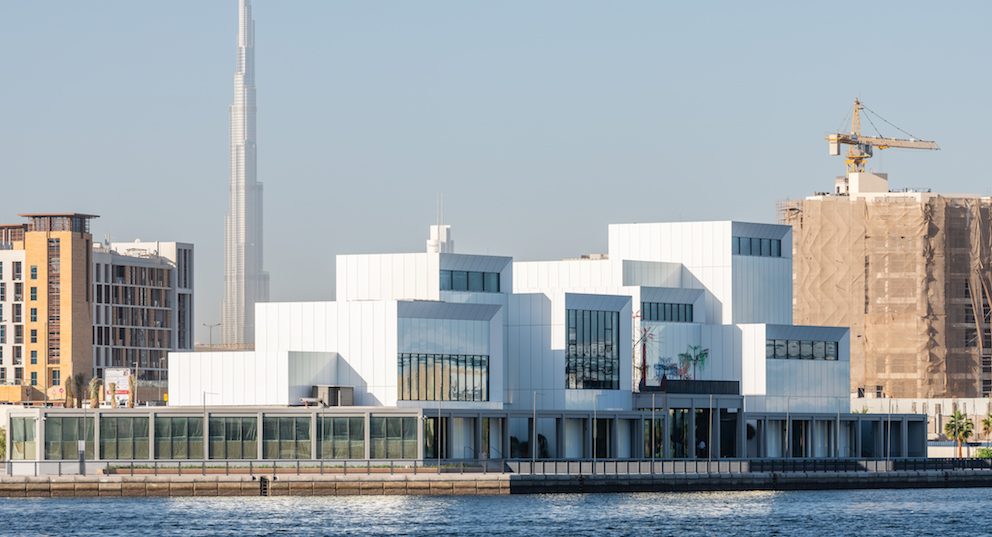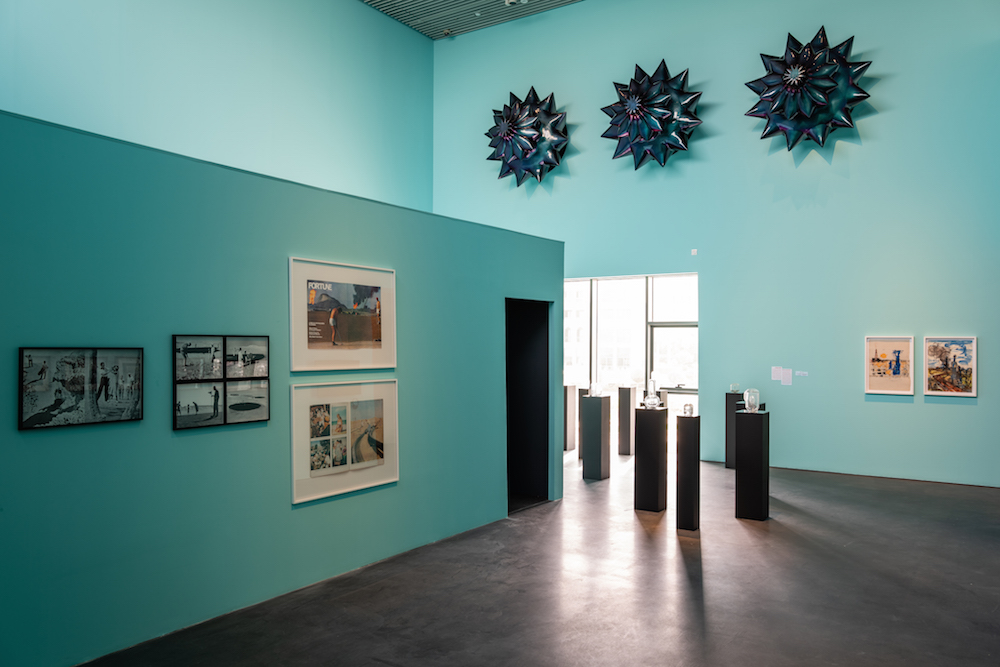
Art
Christopher Lee | Meet the architect behind Dubai’s Jameel Arts Centre
The Jameel Arts Centre is one of the first not-for-profit contemporary art institutions in Dubai. Just opened last week, the 10,000 square meter complex is a multidisciplinary space dedicated to the display, promotion and creation of art from across the Middle East and beyond, featuring curated exhibitions that draw on the Jameel Art Collection, as well as regional and international solo and group shows. Its architect, Christopher Lee, is the co-founder and principal of Serie Architects London, Mumbai, Singapore and Beijing; and leads the design of Serie across all four offices. He is also Associate Professor in Practice of Urban Design at Harvard University’s Graduate School of Design. JDEED interviewed Lee to know more about the center.
Interview/Salomé Aubergé
Can you tell us a little bit about how you first got involved with the Jameel Arts Centre project and perhaps also about the evolution of the design?
Christopher Lee (CL): We won the project through an international invited competition, first from a long list of 15 architects and then down to a 5 shortlist. The core concept of the design remained unchanged from the competition stage to the completed building you see today but some of the materiality of the building and height were adjusted to accommodate the constraints of the site and wishes from Dubai Municipality.
What inspired the signature box-like structure of the building? Is that a style you have worked with before?
CL: We work less though style and more through the study of historical precedents. There were two precedents that we were looking at, one involving the scale of a house and the other the scale of the city. If you look at the Sha’abi houses, you’ll see that they were based on the accumulations of rooms around a courtyard. On a larger scale, the Madinat is an accumulation of houses with courtyards. The architecture that we tried to create here for the Jameel Art Centre, thus is formed out of a series of rooms huddling around courtyards.

Installation view of
Crude, curated by Murtaza Vali, at
Jameel Arts Centre, Dubai. Courtesy of Art Jameel
Photography/Mohamed Somji
Dubai has a global reputation for being a hotbed of architectural design where hypermodern constructions meet historical buildings, how does the Jameel Arts Centre fit into this dichotomy?
CL: Dubai has been dubbed in recent times as a city of icons, with buildings resorting to formal convulsions to achieve notoriety. The art centre, in contrast is calm and restrained, and it focuses more on the experience of space that is of its time and yet one feels the resonance with history and culture of the region.

Installation view of Contrary Life: A Botanical Light Garden
Devoted to Trees (2018), by Ali Farid and Aseel AlYaqoub
Art Jameel Commission for Jameel Arts Centre, Dubai,
Courtesy Art Jameel
Photography/Mohamed Somji
Have you ever been involved in such a project before, building an arts and community centre? If so, how does the Jameel Arts Centre differ?
CL: Yes, we have been involved in several arts and community projects around the world. What’s different about the Jameel Arts Centre is its ambition and dedication to both MENA Arts and its community initiatives. This manifest itself in the way the building organizes social spaces. learning spaces and galleries as an integral whole. These spaces huddles around courtyards, so that as one moves from one gallery to another, one is always in contact with nature, and other social and learning spaces.
Because of the active relationship between internal and external space in the Arts Centre, I can imagine that you and Anouk Vogel, the project’s landscape architect, had to collaborate a fair bit, how was it working with her, were your visions for the building aligned?
CL: We like to think that our architecture acts as a background structure, without disappearing from view. In that sense the art centre serves as an open framework where the life of the building unfolds. The courtyards is one important moment where this unfolding takes place and Anouk’s design for the courtyards has been absolutely beautiful and fits really well into the architecture and the climate of Dubai.
Cover Picture/Courtesy of Jameel Arts Center





0 comments